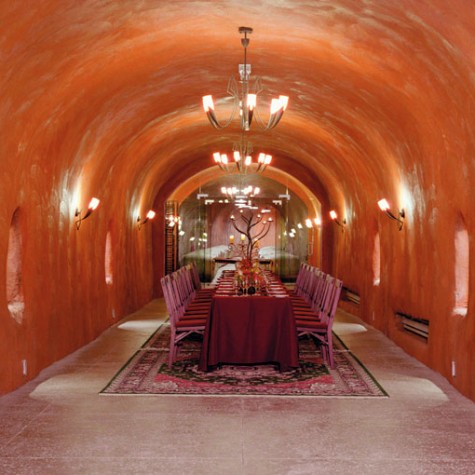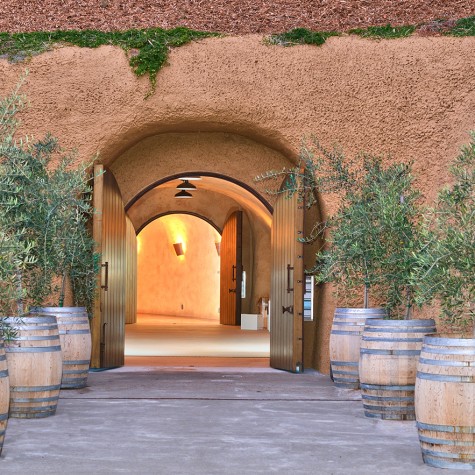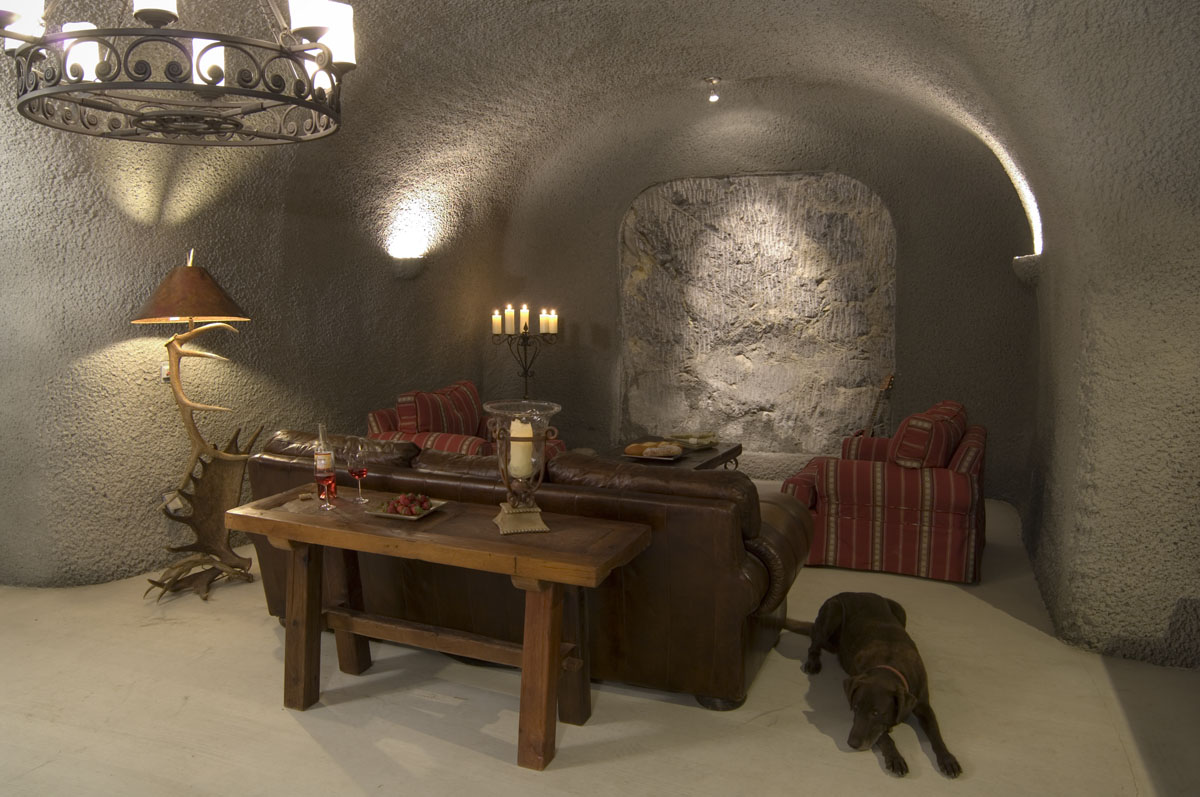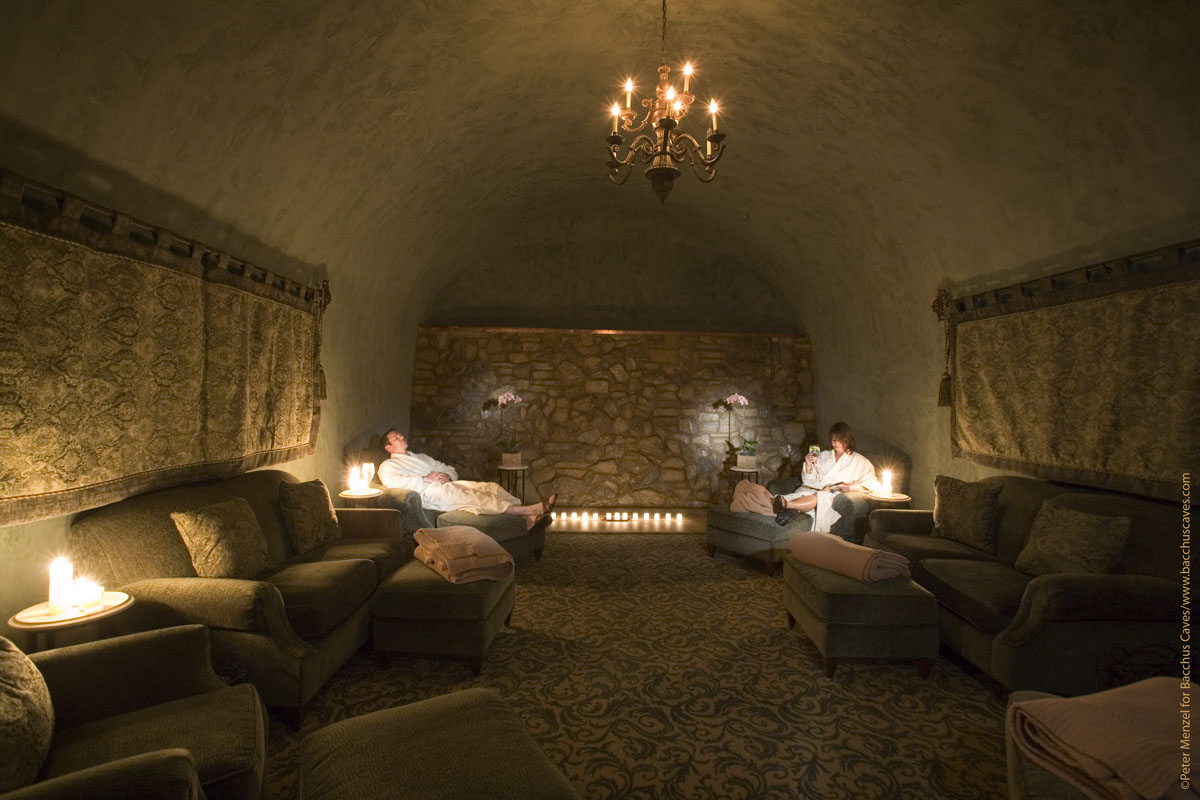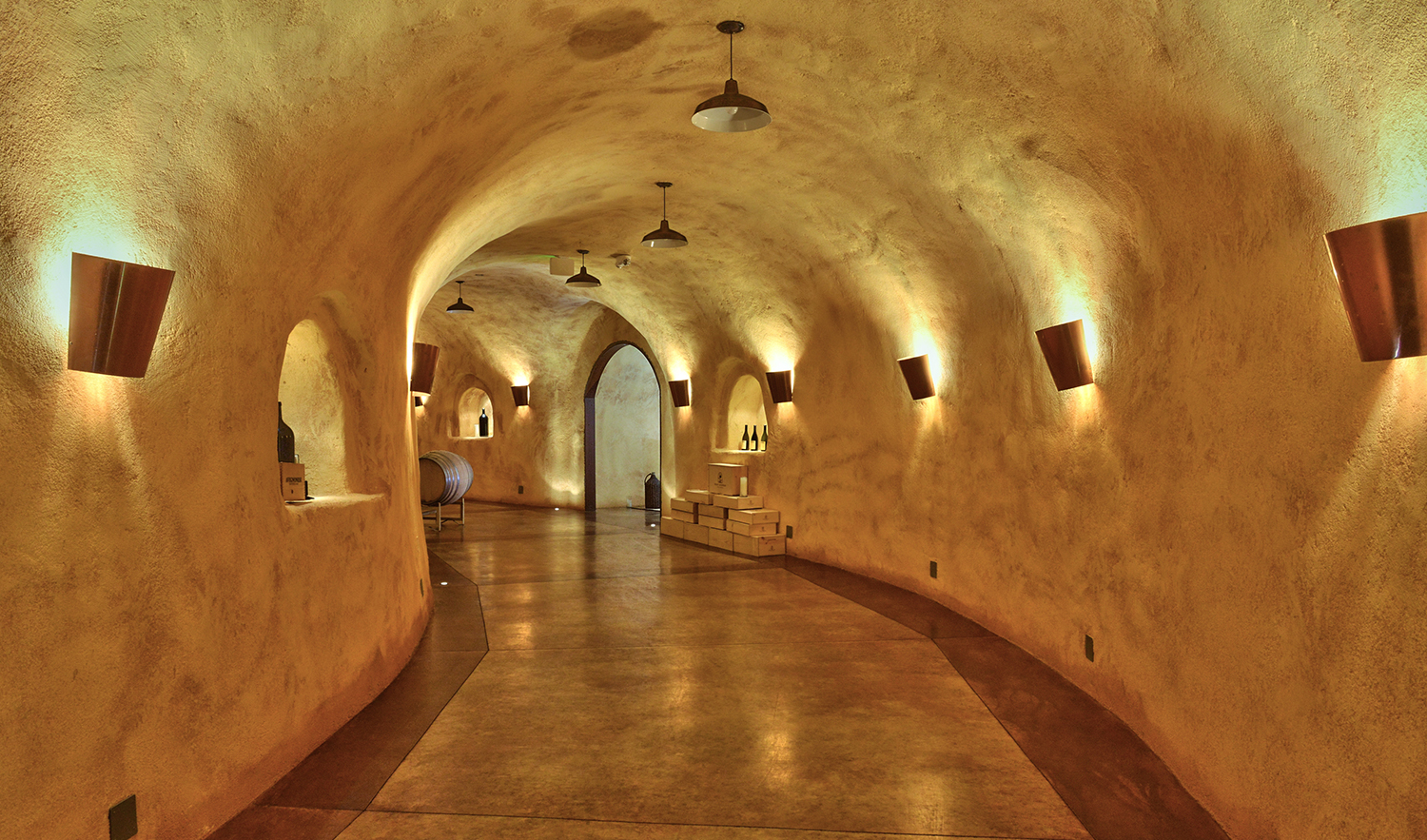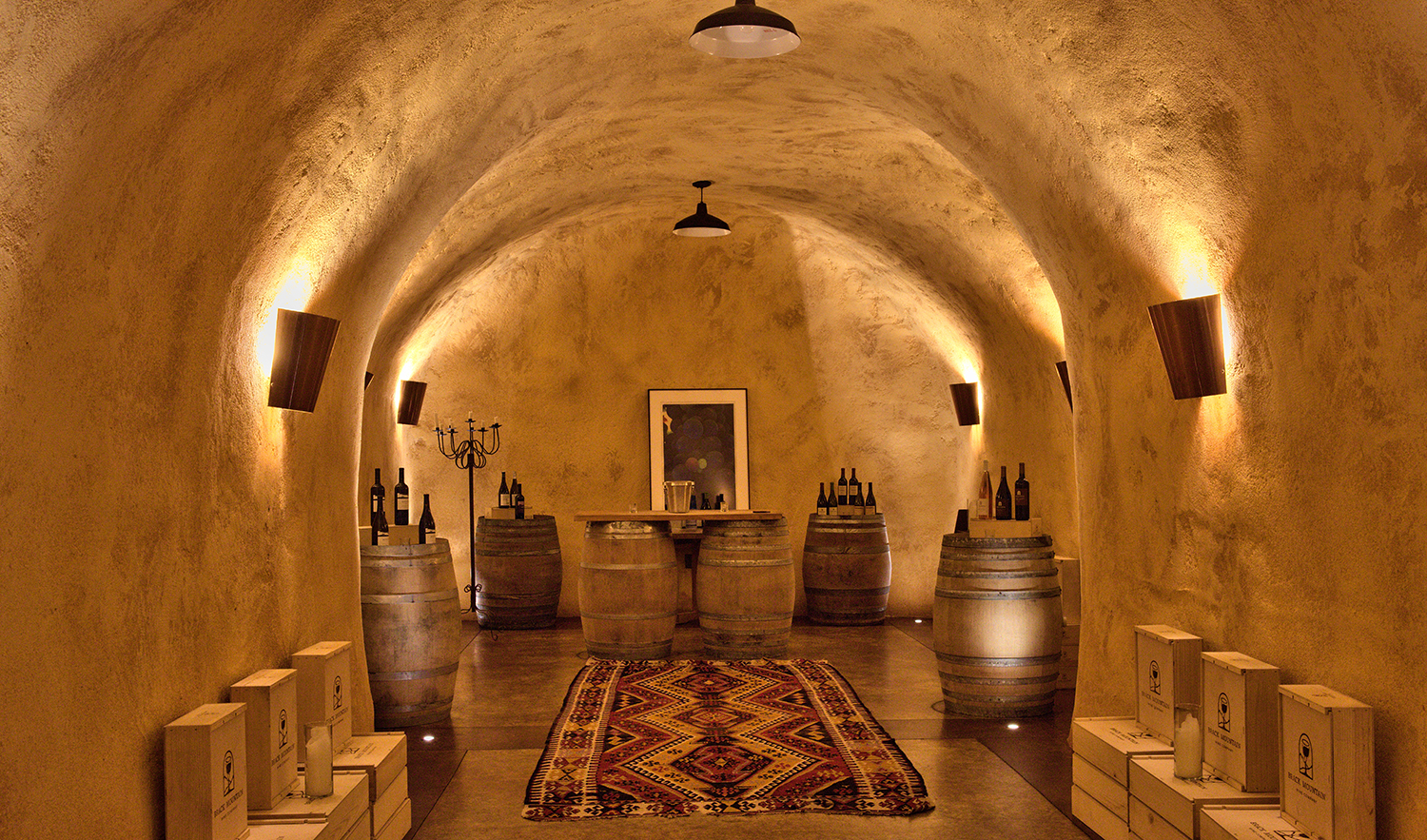Eye on Design: Luxury Moves Underground
— 3/14/16 — Eye on Design: Luxury Moves Underground
Topic:
In the high-end real estate world, you typically hear about the trend of buildingup. But there is a growing niche of affluent homeowners who would rather builddown. In cities like London and Los Angeles, where planning laws restrict large property expansions that go up or out, it’s becoming more common for property owners to add basements to gain extra square footage. Even homeowners in areas that don’t have “anti-mansionization” ordinances have caught on. Last year, The Wall Street Journal’s Candice Taylor wrote about how interior tunnels have become the new “wow” factors in luxury residences.
“Magical and mysterious, tunnels in private homes have long bewitched homeowners with the bank accounts to build them,” she wrote. “Now, tunnels have emerged as a unique amenity with handsome décor, as high-end builders seek to set themselves apart at a time when every house seems to have a wine cellar and media room.”
David Provost, founder of Bacchus Caves, has been carving caverns throughout the entire United States for the last two decades. He says requests from wealthy private homeowners have expanded from personal wine caves to underground bunkers, escape tunnels, movie theaters and temperature-controlled auto galleries underneath their properties.
“You can do almost anything underground,” says Provost, a mining industry veteran who moved from Colorado to Napa Valley in the late 1990s. (Famously, he excavated the world’s first underground cave spa for Meritage Resort in Napa in 2007.)
Previews® Inside Out recently caught up with Provost to ask him about the underground trend in luxury real estate.
Previews Inside Out Have you seen greater interest in building private caves in the last few years?
David Provost Yes. Our potential customer base is so diverse now, with people as far away as the Canary Islands and Uruguay seeking us out. Once they find us, they start thinking about all of the things they can do underground.
Previews Inside Out And now for the fun part… what can they do?
David Provost We’ve been approached by people who want to go underground simply because they wanted to add more space to their house. One client wanted to add a large dining room and theater. Another client of mine, an executive, wanted a subterranean getaway where he could “disconnect.” After we completed the project, he told me how much he loved to just sit in his cave, without cell service, and unwind. It was a place of silence and absolute relaxation for him. We’ve been approached to build underground shooting ranges, bowling alleys and spas. Forget the panic room—how about an escape tunnel that allows you to leave your home safely and discreetly? In parts of the Midwest, homeowners are building private tornado shelters that have been designed for total comfort, with dining rooms and theaters, thanks to backup power. Another client of mine with an extensive car collection wanted a safe place to store his antique cars. Even though he was insured, he was afraid of a fire.
Virtually anything that you can put on the surface you can do underground.
Previews Inside Out What is the size of these caves, typically?
David Provost Caves are all individually customized, ranging in size from 66 square feet to 42,000 square feet.
Previews Inside Out What about the costs?
David Provost Realistically, it can range from about $200 to $500 per square foot. The variables are incredible. The biggest variable is the ground — will it cooperate? Is it going to be self-supporting? Or are we going to build in support every couple of feet? And then of course, it’s a question of what you want finish-wise.
Previews Inside Out What’s should every homeowner know about building a cave?
David Provost Anything is possible underground. It is site-by-site specific, and can be invasive.
Previews Inside Out How long does it take?
David Provost Our project in Texas hill country was 10,000 square feet, and it took 13 months to dig and support. We have another one in Missouri that is 5,000 square feet and it took two years to finish. It really is ground dependent. Finishes can be the same, as it depends on whether the owner wants a utilitarian cave or something finished to the highest degree.
Previews Inside Out Any cave myths that you’d like to dispel?
David Provost I think there is a misperception that a cave is damp or dark, or hot and humid, and not very appealing. But it’s possible to have very large, open spaces underground. The Meritage Resort spa is a prime example.
Previews Inside Out What are some of the most interesting features you’ve seen incorporated into your caves?
David Provost Kitchens, bathrooms, movie theaters, waterfalls, relaxation rooms and bars. I’ve seen a whole tasting room underground. It’s across the board.
Previews Inside Out Switching to wine, specifically — how many wine caves have you built for private homes vs. wineries?
David Provost I would estimate about 12-15 private residences and the rest are wineries.
Previews Inside Out What was the largest wine cave you’ve built for a private residence?
David Provost I excavated a cave that was about 5,200 square feet in Napa.
Previews Inside Out Do you think caves enhance the wine tasting experience?
David Provost A lot of wineries have taken VIP tasting areas to their caves. It’s such a unique place for a lot of people. A lot of our clients build out beautiful tasting rooms underground.
Previews Inside Out If you could look into your crystal ball for a moment, what would the future cave look like?
David Provost It’s entirely up to the client. This is a feature that is very unique and one-of-a-kind, and it’s all about realizing your dreams.
Source: Eye on Design: Luxury Moves Underground - Previews Inside Out

